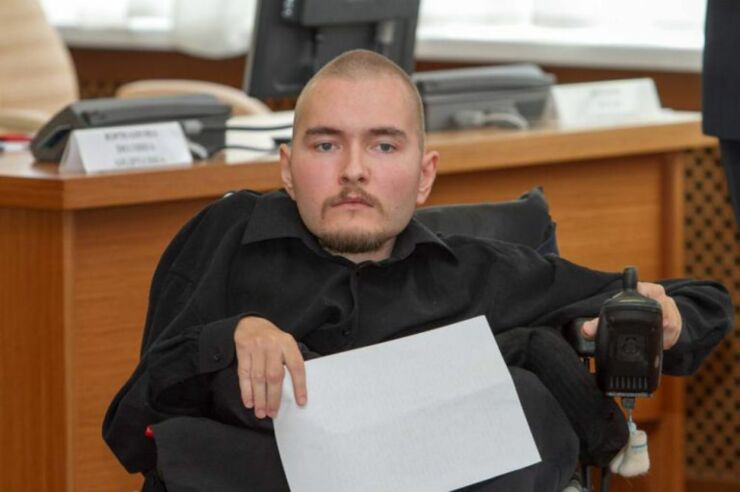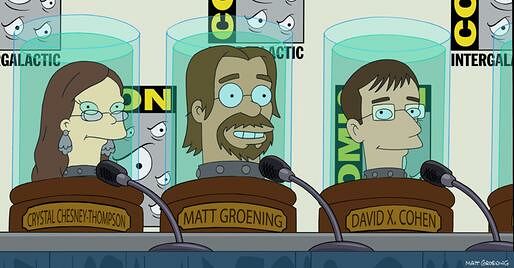30-Year-Old Russian Man Volunteers To Become First Person To Undergo Full Head Transplant
A few months back there was a story circulating about full head transplants for humans being only a few years away. Sergio Canavero was the Italian neuroscientist who proposed a method to be able to do it and believes the technology is in place to support it.
His prediction was that by 2017 the first human head transplant will have taken place. And now he has a patient willing to try out his highly experimental surgery. That patient is 30-year-old Russian Valery Spiridonov who volunteered himself—you can check out an interview with him from Russia Today in the video above, but you'll need to add English captions as it's in Russian.
Spiridonov has the genetic disease Werdnig-Hoffman which is slowly wasting away his muscles. "This technology is similar to the first man to walk in space." he says in the video. "This is because in the future it will help thousands of people who are in an even more deplorable state than I am."
That's not to say he isn't scared. "Am I afraid? Yes, of course I am." The Mail Online reports him as saying. "But it is not just very scary, but also very interesting. But you have to understand that I don't really have many choices. If I don't try this chance my fate will be very sad. With every year my state is getting worse."

The transplant, which is due to take place in 2017, will work by removing the head from Spiridinov's body and placing it onto that of a braindead person who has a functioning body.
The procedure has never been performed on a human before, but was carried out on a monkey in 1970. The spinal cord of the monkey wasn't transplanted so it couldn't move, and it only lived for nine days after the surgery because the new body's immune system rejected the new head.
Not all surgeons are as keen on the procedure as Canavaro though. The Independent reports:
"I would not wish this on anyone," said Dr Hunt Batjer, president elect of the American Association for Neurological Surgeons.
"I would not allow anyone to do it to me as there are a lot of things worse than death."
The problem is, fusing a head with a separate body (including spinal cord, jugular vein etc) could result in a hitherto never experienced level and quality of insanity.
Arthur Caplan, director of medical ethics at New York University’s Langone Medical Centre, who described Dr Canavero as "nuts", believes that the bodies of head transplant patients "would end up being overwhelmed with different pathways and chemistry than they are used to and they’d go crazy."
Of course, if it doesn't work out i guess they could revert to just putting his head in a jar, after all, it worked for all those famous people in Futurama.

And according to Discovery.com it's not as far-fetched as you think:
In the world of "Futurama," humans share their universe not only with aliens, robots and mutants, but also historical figures ranging from dead presidents (with a recurring role for Richard Nixon) to contemporary celebrities.
How are these long-dead people kept alive in the 31st century? It's simple: Their severed heads are preserved in jars.
Keeping heads preserved in a jar may seem impossible and has yet to be proven, but the U.S. government has granted patents to applicants claiming they had developed systems for keeping severed heads alive.